Raphael Urbino: the Polymath of the High Renaissance

The master of the Renaissance period transformed the perspective of modern art and history itself, Raphael Urbino. The star pupil of Leonardo Da Vinci, he exceeded expectations beyond the murderous row of artists. With around 500 pieces, he produced more artworks than Leonardo Da Vinci (with less than 20 surviving pieces), Michelangelo (less than 200), and Titian (266) even in his short lifespan. His work is admired for its clarity of form, ease of composition, and visual achievement of the Neoplatonic ideal of human grandeur. Does one dare to step up to Raphael in an art competition?
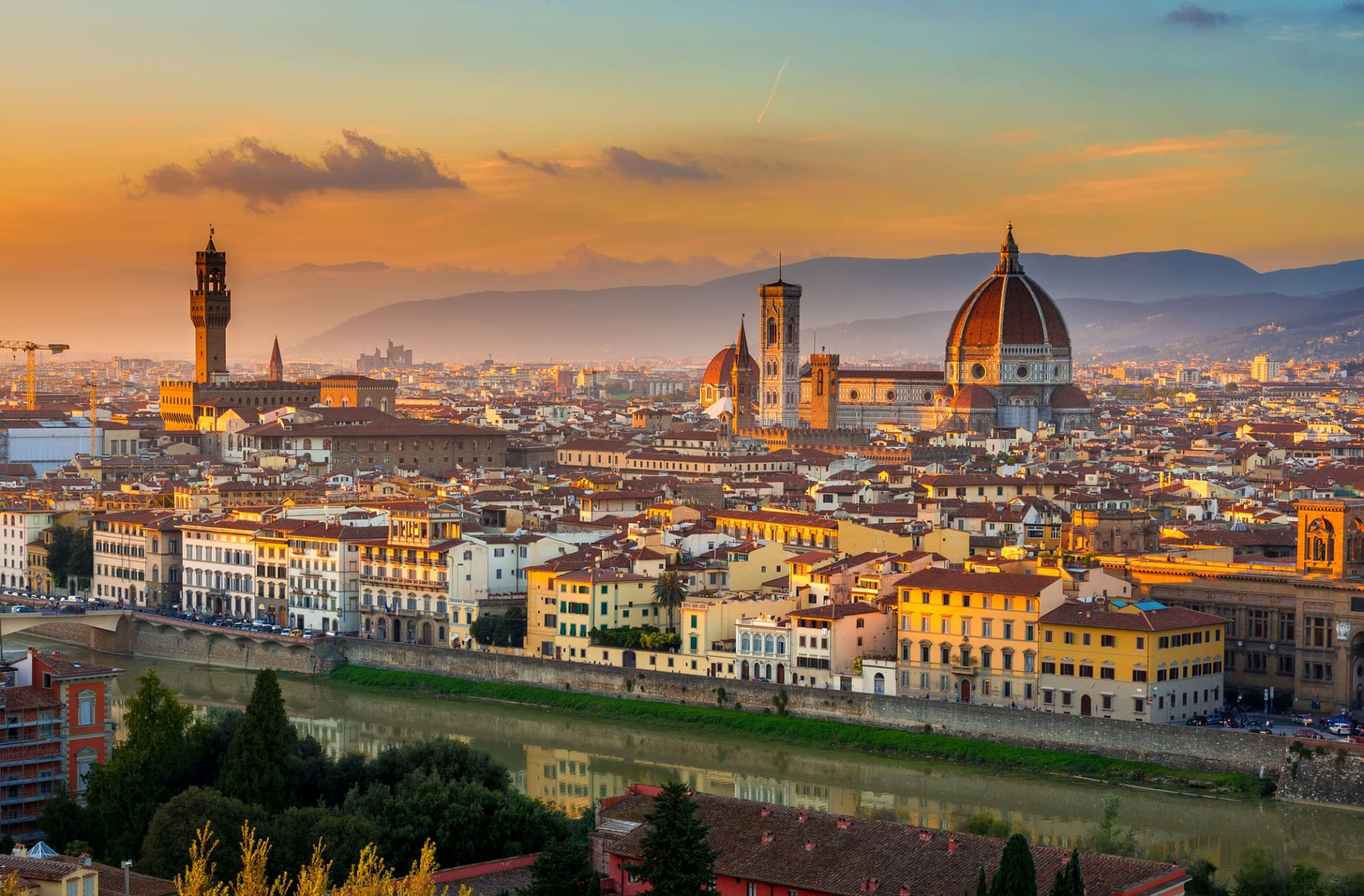
Raphael was born into an artistic family though the family was short-lived as Raphael was orphaned at the age of 11. With painting skills taught by his father, he was left to run the workshop alone. He lived an itinerant early life as he settled down in Florence, where he painted particular individuals in the backdrop of nature. He ‘stole’ particular elements from other contemporary painters. His works soon made an impact on the community as his realistic and geometrical paintings attracted some notable persons. They were abstract in their own right, incorporating many meanings. He later became an architect and a fanatic of curved archways, which featured in most of his artworks. Perhaps the most influential was The School of Athens.
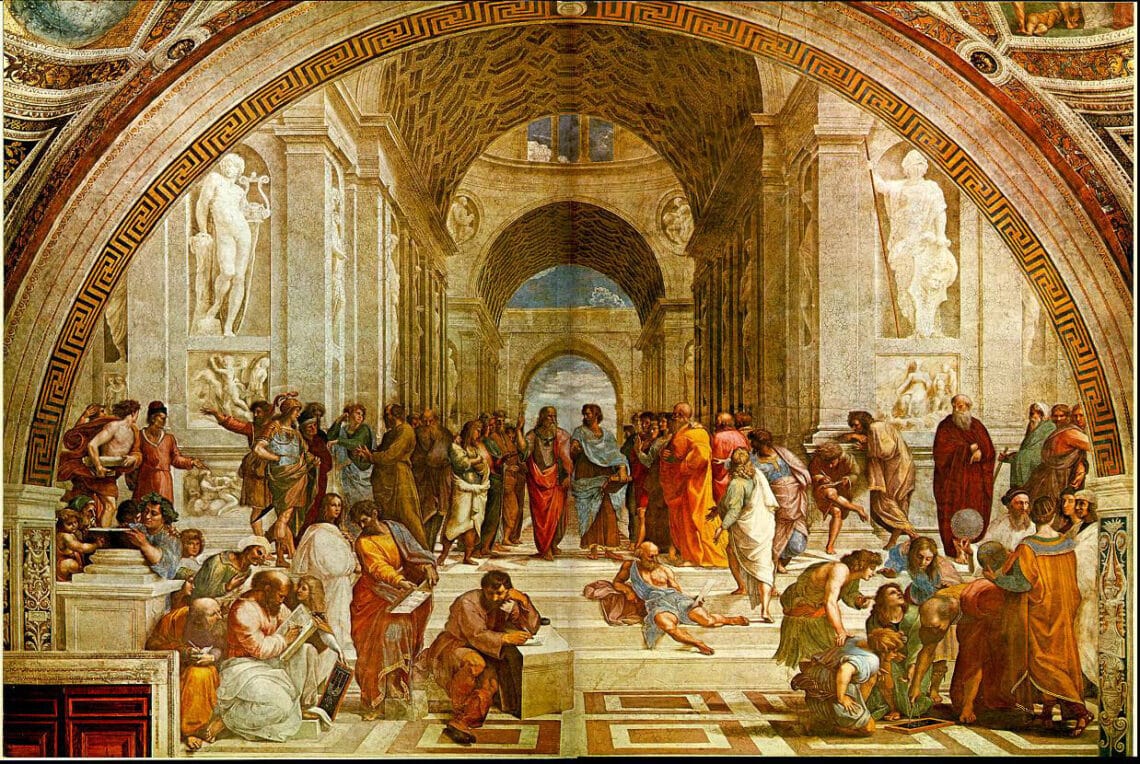
A virtuous wonder of perspective, The School of Athens features 58 mathematicians and philosophers. Plato and Aristotle are portrayed against the blameless blue backdrop with curved archways as they both perform hand gestures. In the Renaissance epoch, it was common for artists to simply paint a few figures standing as a metaphor for a certain theme. In The School of Athens, a man is seen teaching a rule to students: unprecedented. The first is attempting to contemplate the rule, the second has understood at least part of it, the third is looking up at the fourth for guidance, who looks as if he cried: “Eureka!” The School of Athens staged the greatest mathematicians, philosophers, and scientists from different periods: a sense of intimacy. Raphael portrayed himself in the painting. The School of Athens is the most popular work by Raphael, though this would never have existed without a ruthless pope: Pope Julius II.
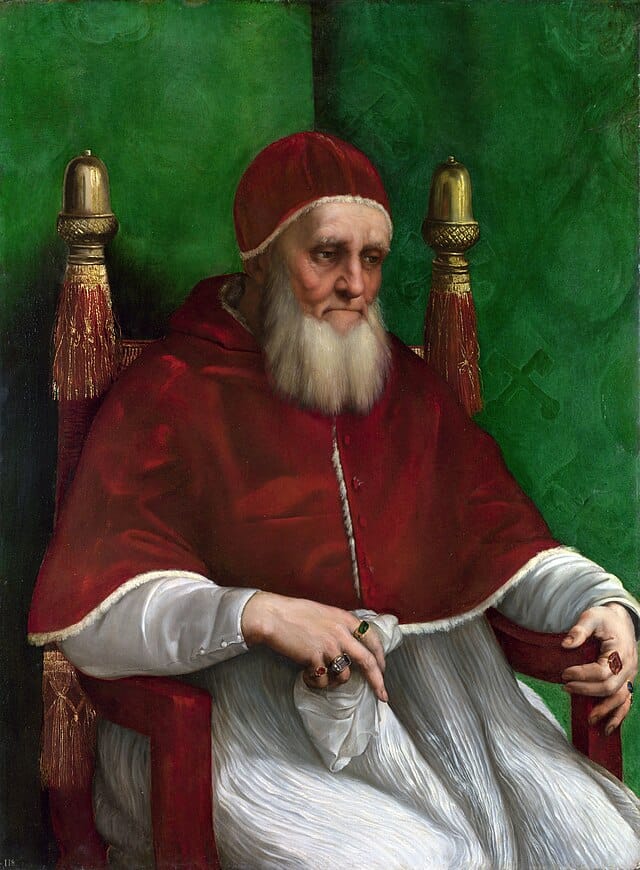
Raphael was already the most influential artist before painting The School of Athens. The great work of Raphael commanded reverence by many, including the infamous Pope Julius II. The portrait was unusual for its time. The sitter's face is obfuscated, yet the Pope is a thousand miles away in the portrait. Likewise, Pope Julius II was notorious for his violent background. When interviewed by Michelangelo if he wished to be rendered with a Bible, he insisted on carrying a sword. Yet the Pope is seen looking harmless, old, and frail, wearing a sophisticated beard: opposition of the conventional Pope. The painting was later displayed on an altar, inspiring every artist who came to witness the tranquil Pope to follow Raphael's art style.
The serpentine Raphael is the quintessential and prolific Renaissance visionary and is still revered for his approach of reaching the pinnacle of ‘technical’ art even as modern art is moulded into present lives. Subsequent generations take Raphael as a father they never knew, as Raphael perpetually inspires others to take the artistic path despite the historic gap which conspires to numb our perspective of the Renaissance epoch.
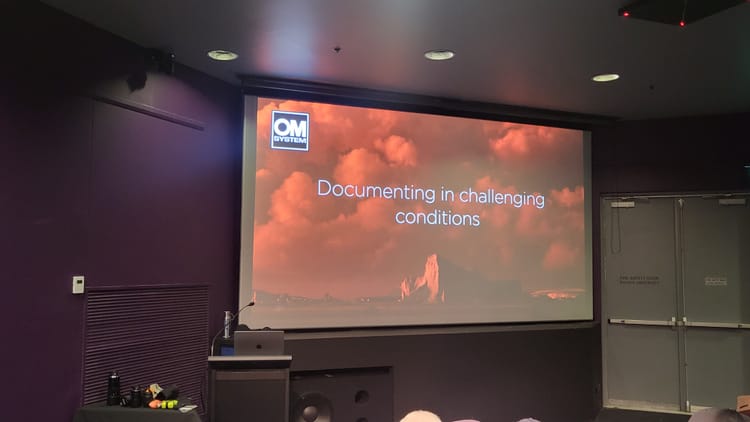
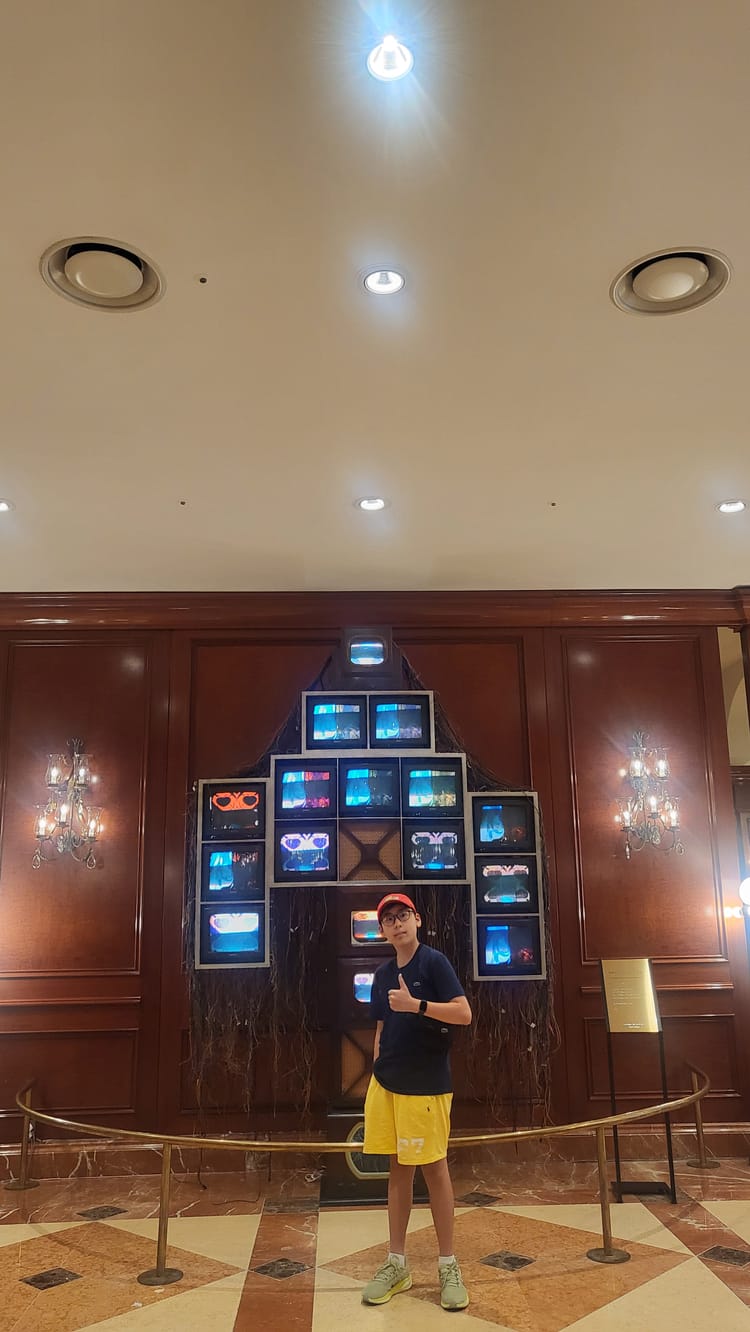
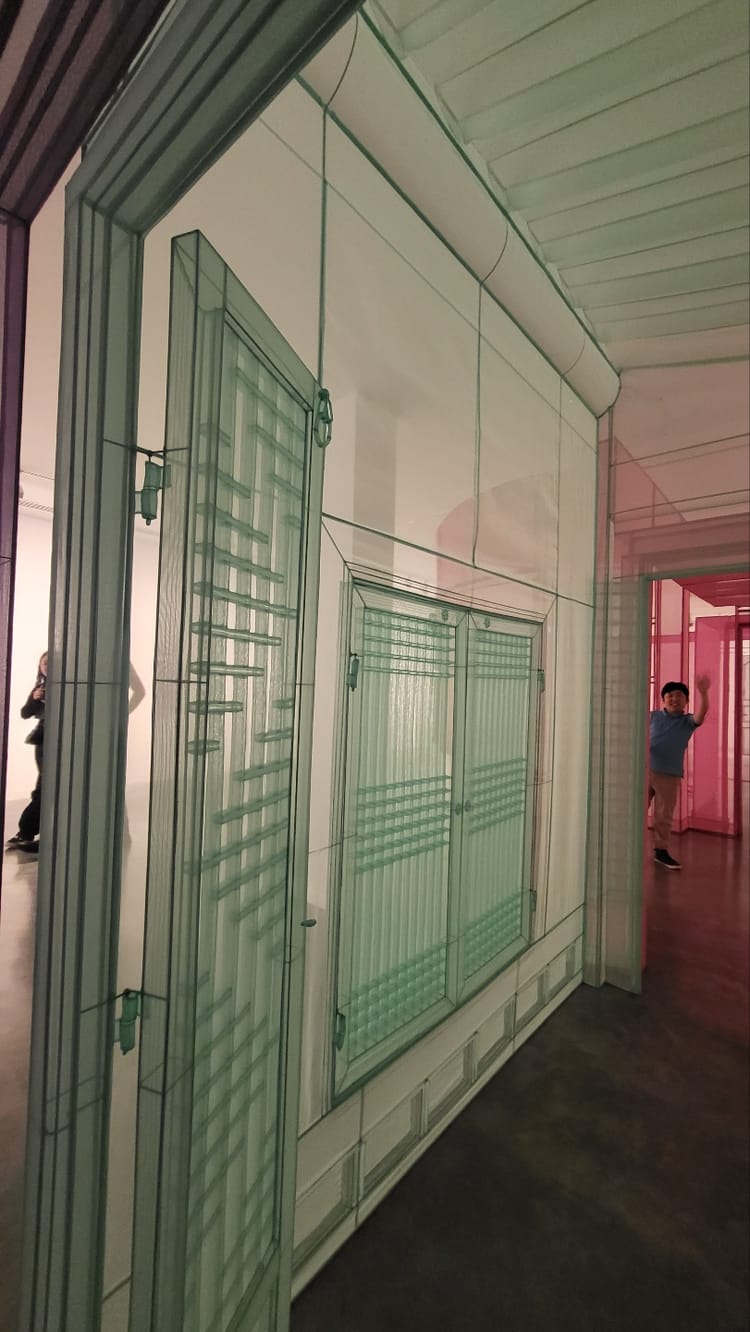
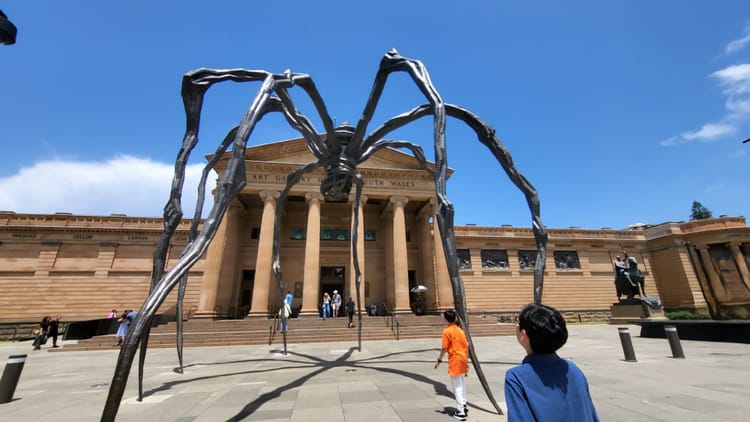

Member discussion